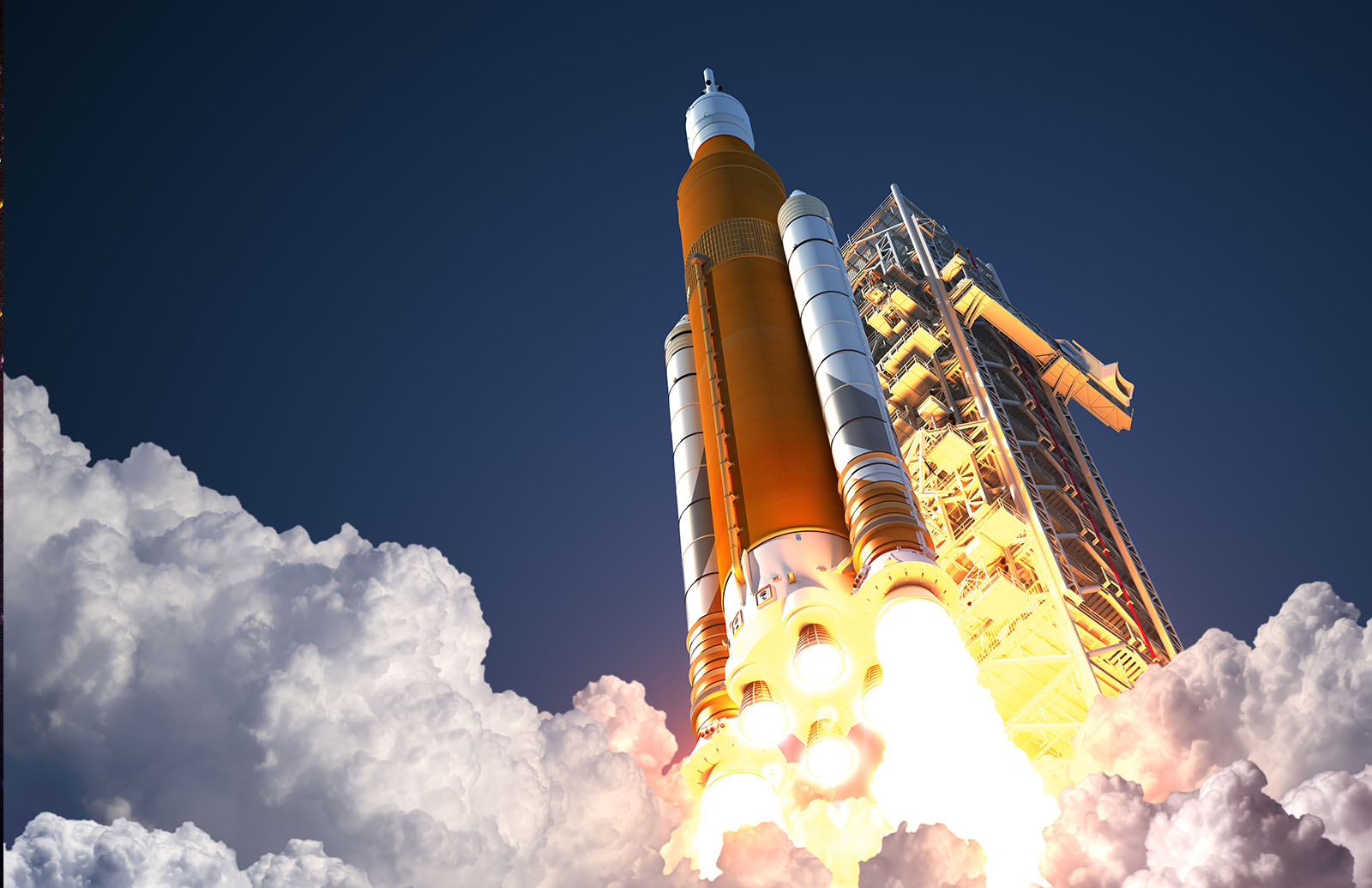RIYADH: A teamLab Borderless Museum will open its doors on June 10 as the first permanent museum of its kind in the Middle East.
A collaborative initiative between the Saudi Ministry of Culture and teamLab, the museum is located in the UNESCO World Heritage Site in the historic Al-Balad district in Jeddah.
The collaboration comes within the framework to develop infrastructure to increase cultural exhibitions in the Kingdom.
It is one of the initiatives of the Quality of Life Program that aims to develop Saudi contribution to arts and culture.
The museum is a world of artworks without boundaries; a museum without a map created by art collective teamLab. Its location in Jeddah extends over an area of about 10,000 sq m, Saudi Press Agency reported.
The concept of a “borderless museum” is based in the idea that in the mind, boundaries between different thoughts are ambiguous, causing them to influence and at times intermingle with each other.
The artworks form connections and relationships with people and communicate with other works, influence each other, and at times intermingle.
The museum’s Athletic Forest is an area designed to improve spatial perception by stimulating development in the brain. It encourages visitors to view the world in a three-dimensional manner and engage in physical challenges within a complex interactive space.
The Future Games City is an innovative educational initiative focused on collaborative creativity, allowing individuals to engage in a fun city-building experience with others.
At the “Untitled” exhibit at the museum, large oval balls known as ovoids float in space, gradually sinking and continually changing shape. Their colors shift and emit distinct tones when they are pushed or come into contact with objects, triggering a response from surrounding oval balls, which change color and emit corresponding tones in unison.
At the Sketch Ocean space, visitors can draw fish that will swim in a virtual ocean, joining other fish drawn by visitors. When touched, the fish swim away. Visitors can also feed the fish by interacting with food bags on display.
Sometimes, the fish leave the room to swim around the museum, transcending the boundaries between artworks.







